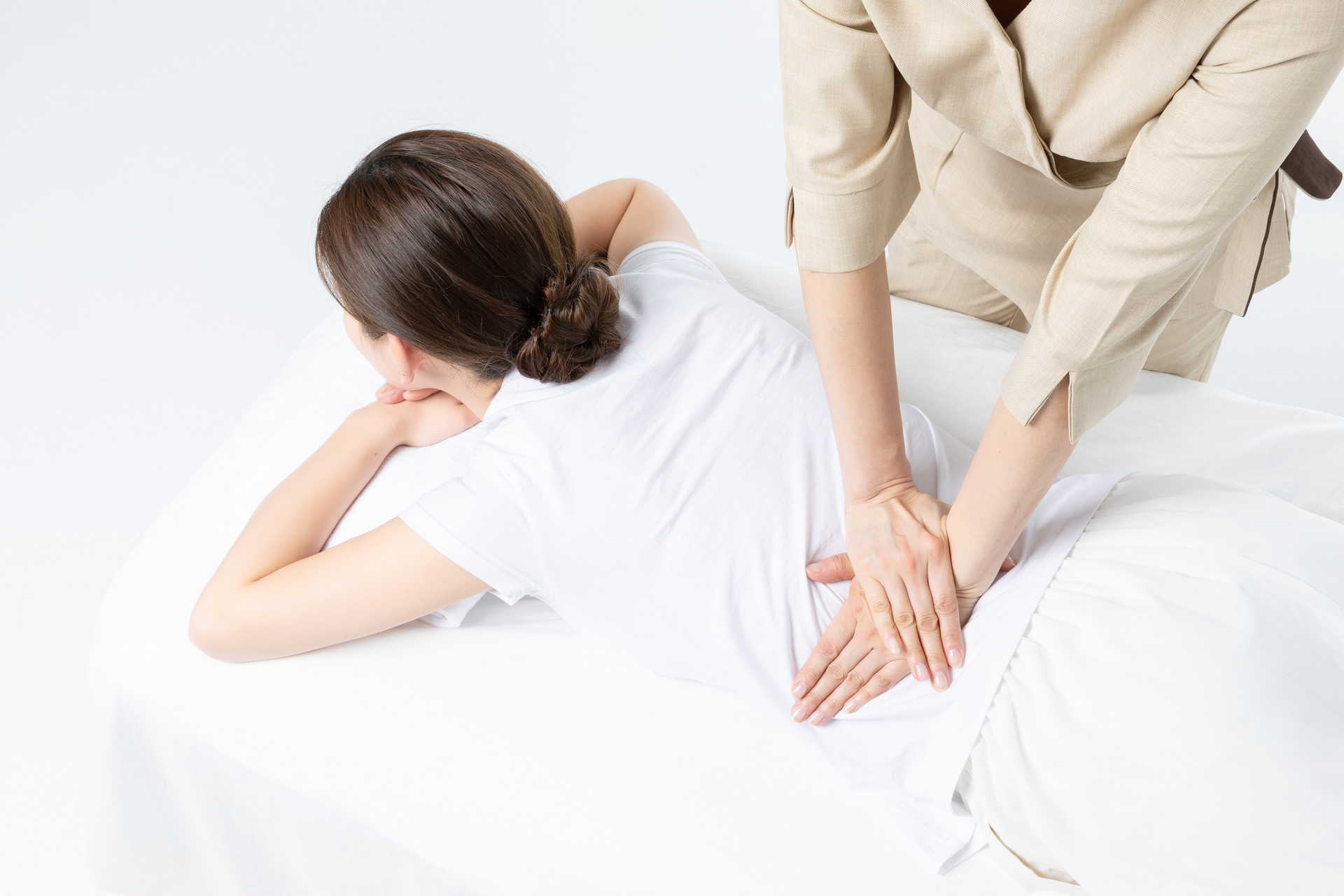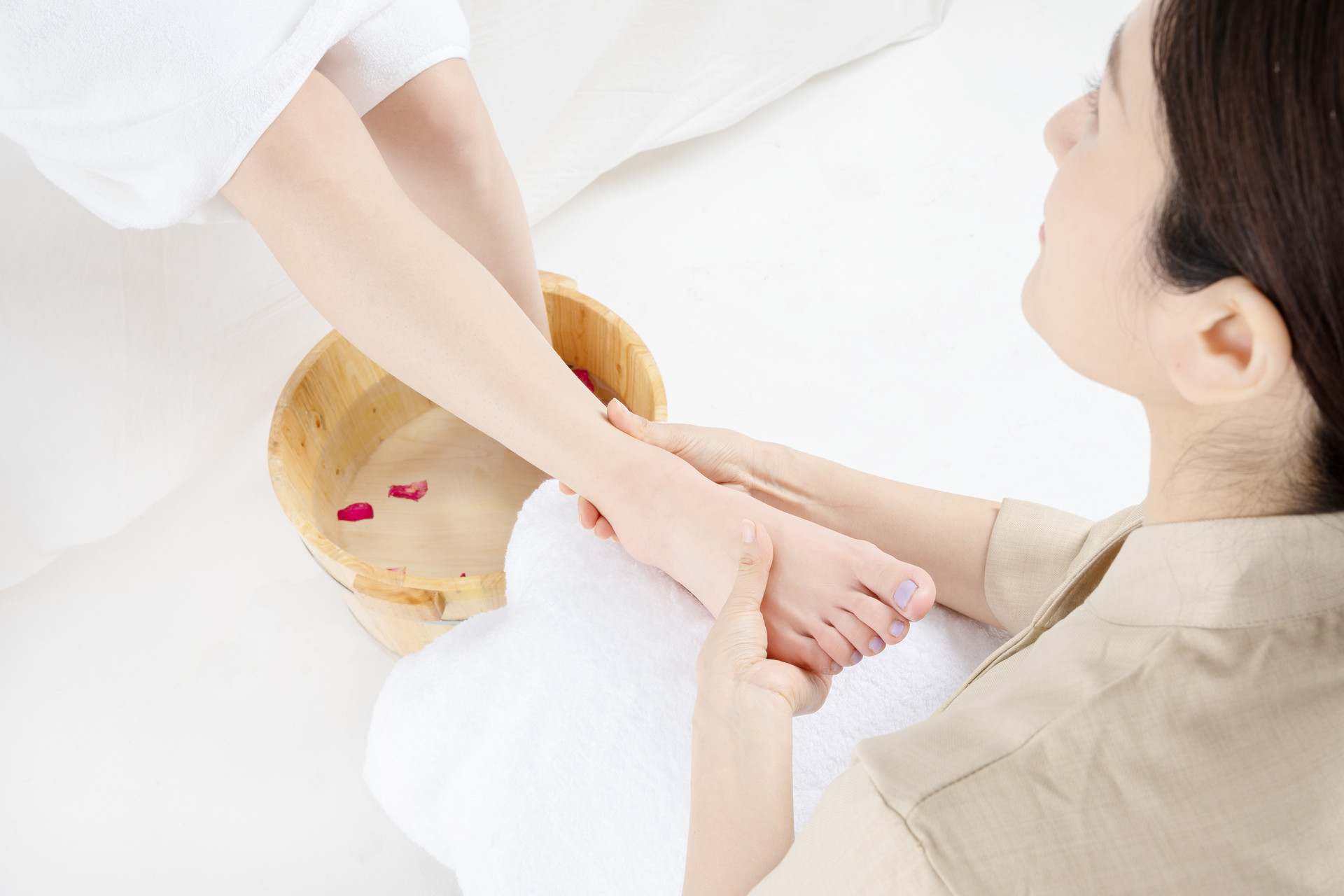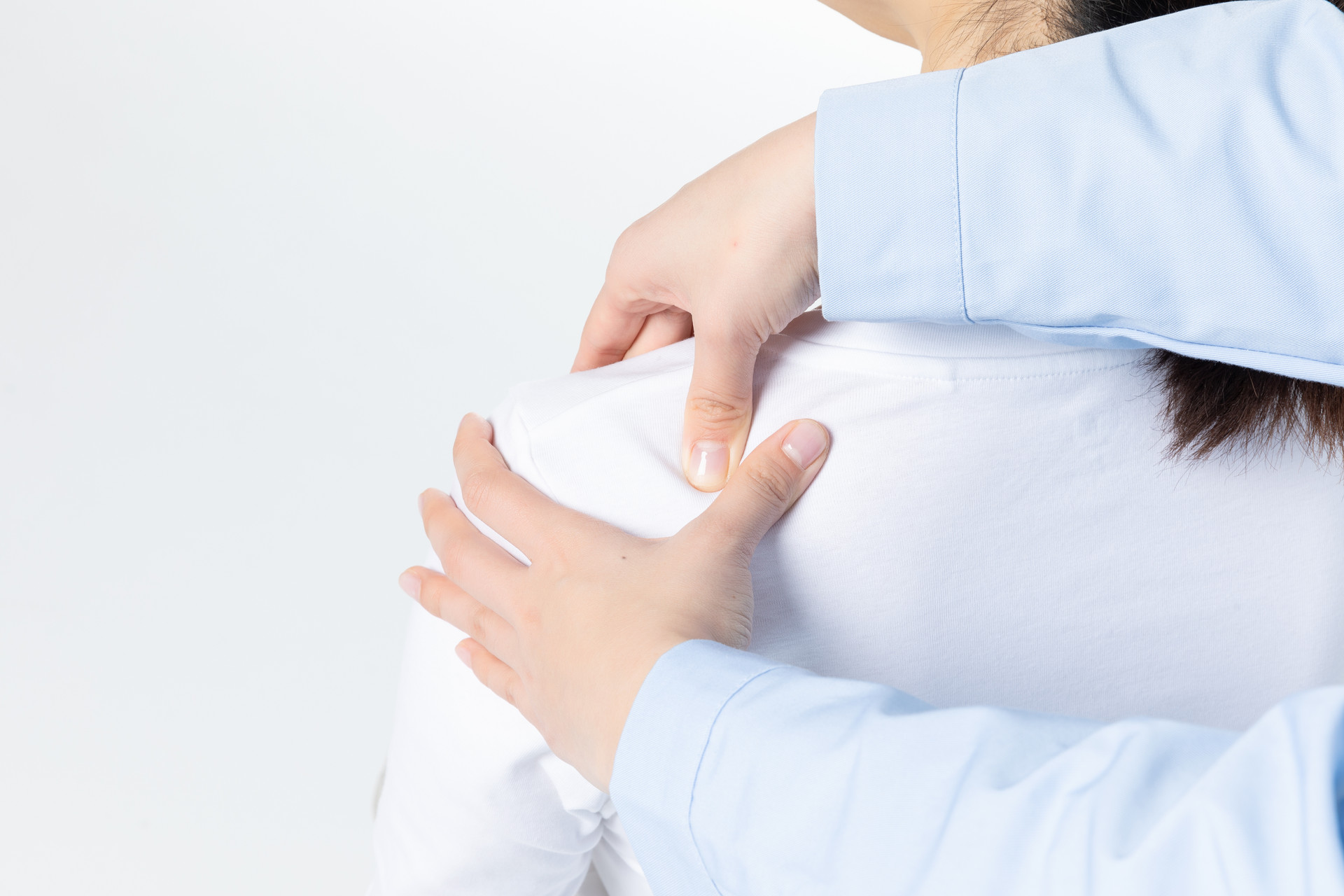Tui Na

Child Tui Na is currently a popular health care method for children. It is simple and easy to learn, mainly using massage techniques to regulate the baby's physical health, and it has a good effect on

Editor's Note: Massage therapy originated from traditional Chinese medicine, so you can see the shadow of Tui Na in massage therap

Introduction The various techniques and movements used in Tui Na. It stimulates the meridians and specific parts of the body through different forms of manipulation. Some techniques focus

Tui Na is a term that has evolved from rubbing, correcting, and massaging. It is not only a change in noun, but also the result of continuous summarization, innovation, and development by physicians

Colds? Try Tui Na! Colds are common in autumn and winter. So how do you treat a cold? Can traditional Chinese Tui Na massage help? How does it work? Let's find out about the Tui Na massage

Chronic bronchitis refers to the chronic nonspecific inflammation of the organ, bronchial mucosa, and surrounding tissues. According to traditional Chinese medicine, the etiology of chronic bronchit

Hypertension is a common condition among many middle-aged and elderly people nowadays. In addition to diet control and emotional regulation, massage therapy can also help lower blood pressure. Let's

Sequelae of stroke refers to the residual symptoms after a stroke, mainly characterized by paralysis of one side of the body, facial asymmetry, and slurred speech. It is mostly classified as a strok

Dysmenorrhea refers to lower abdominal pain that occurs before or during menstruation. According to traditional Chinese medicine, dysmenorrhea is mainly caused by poor circulation of qi and blood. M

There are many causes of lower back pain, including acute lumbar sprain, chronic lumbar muscle strain, lumbar disc herniation, degenerative spine disease, and lumbar transverse process syndrome. The